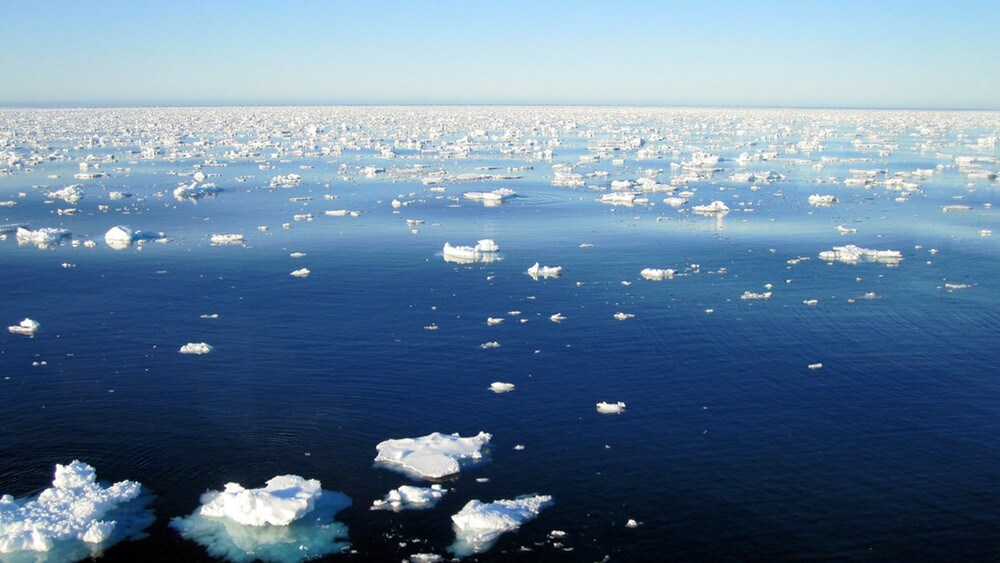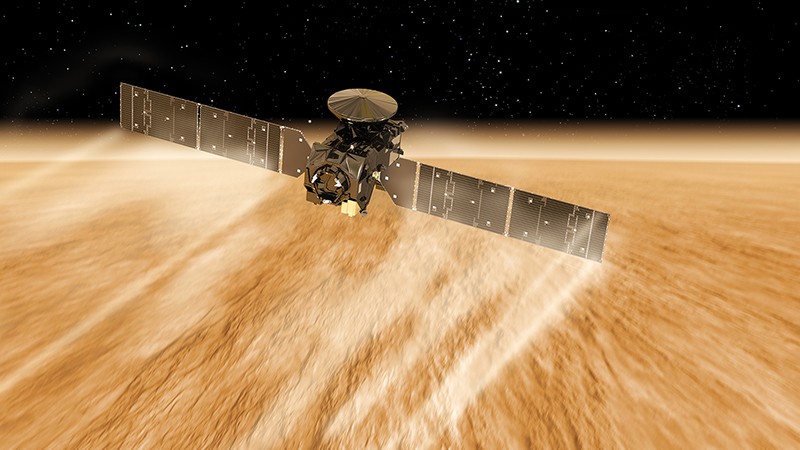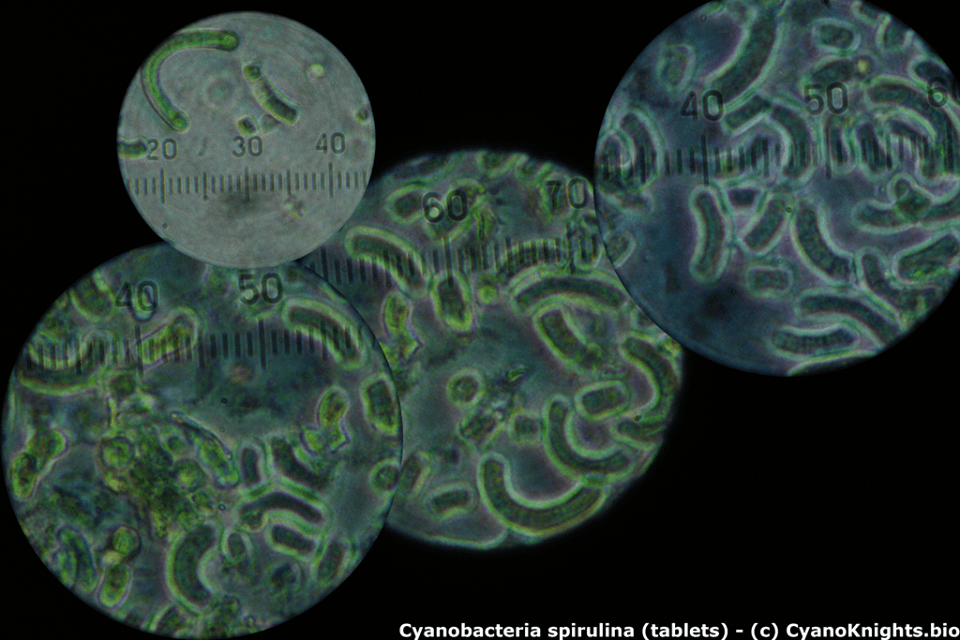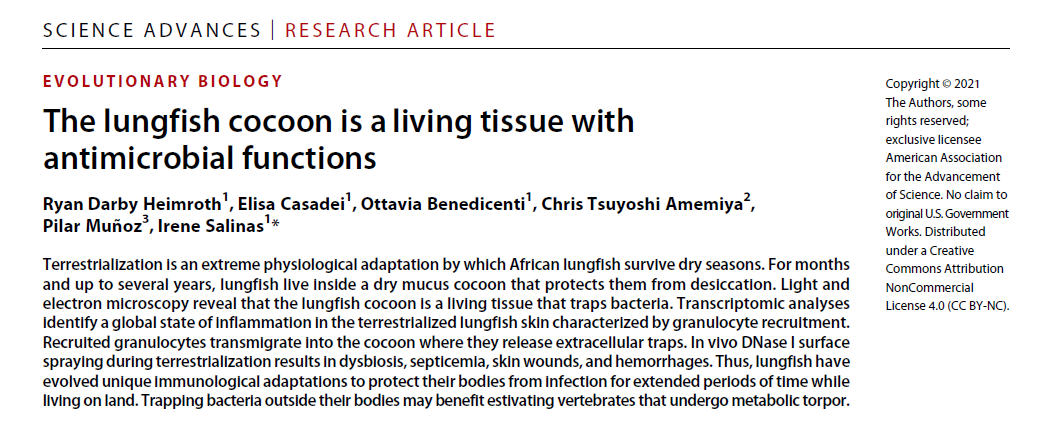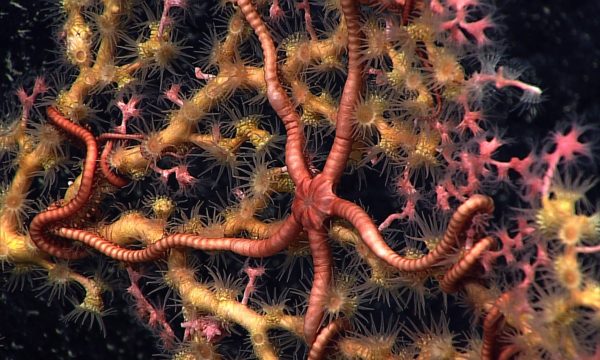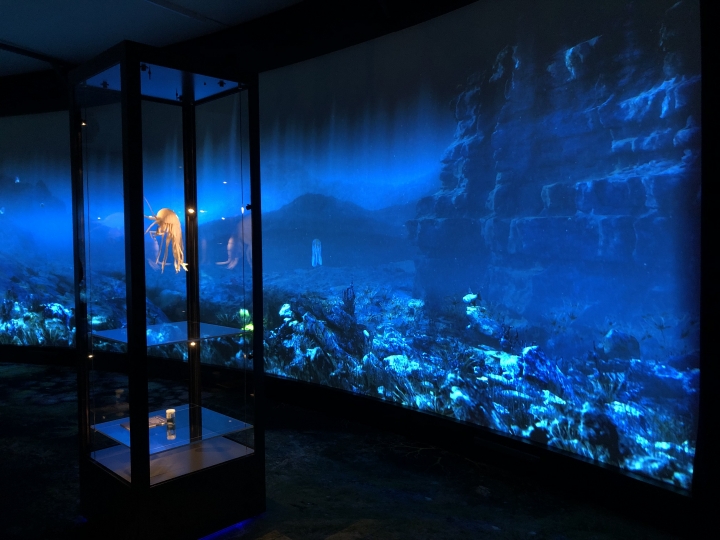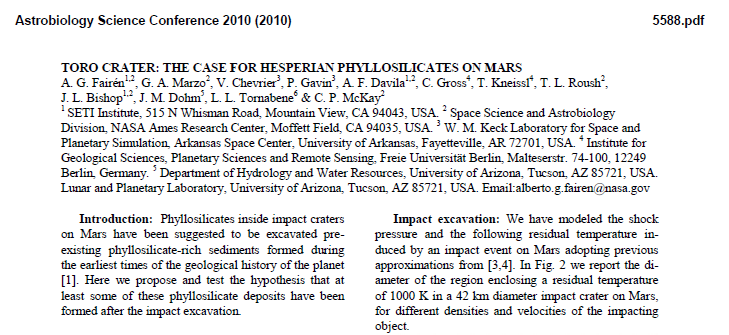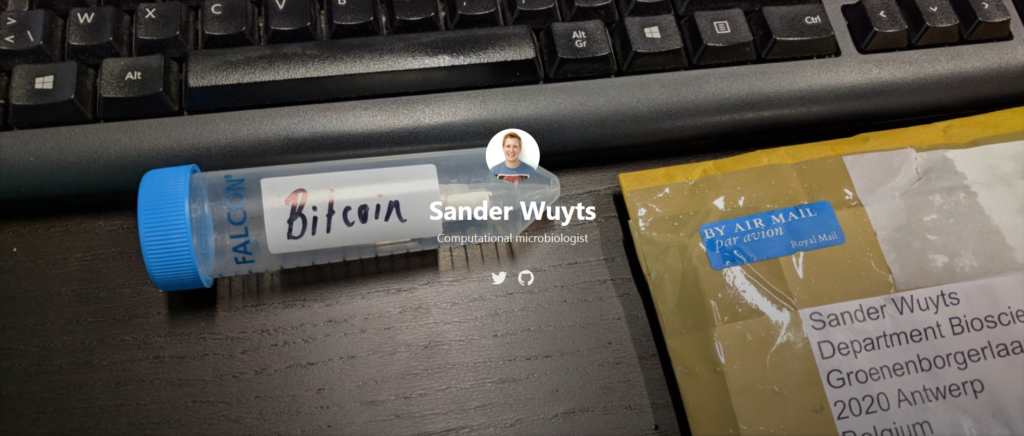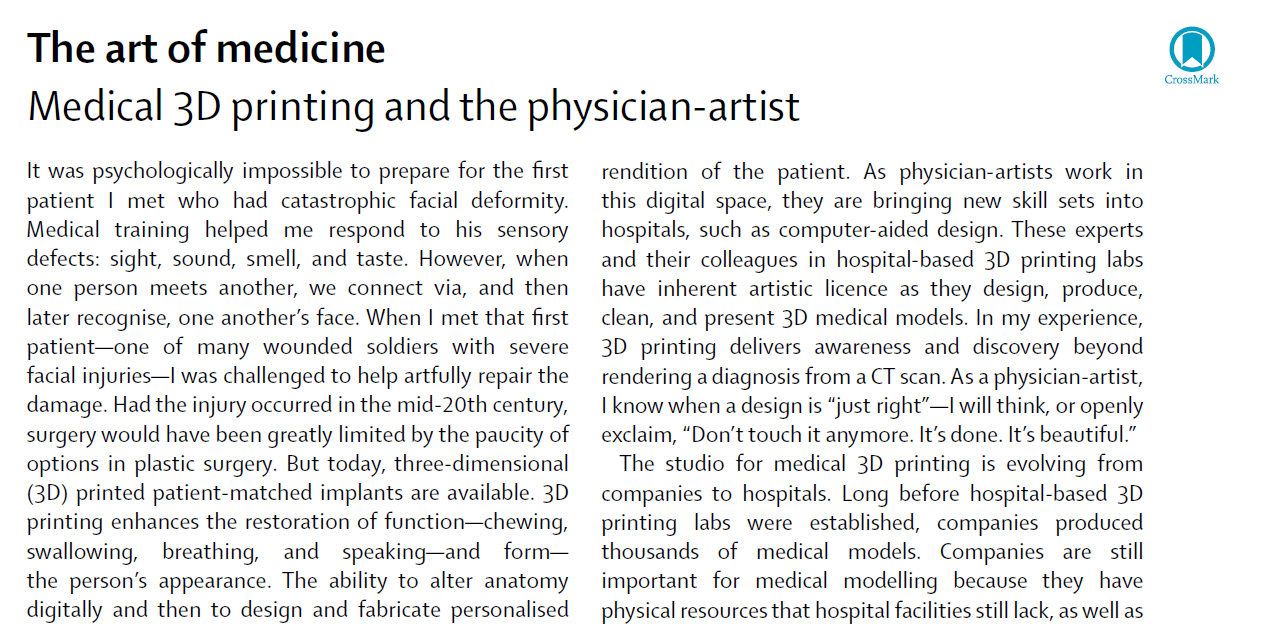Planetary Twins?
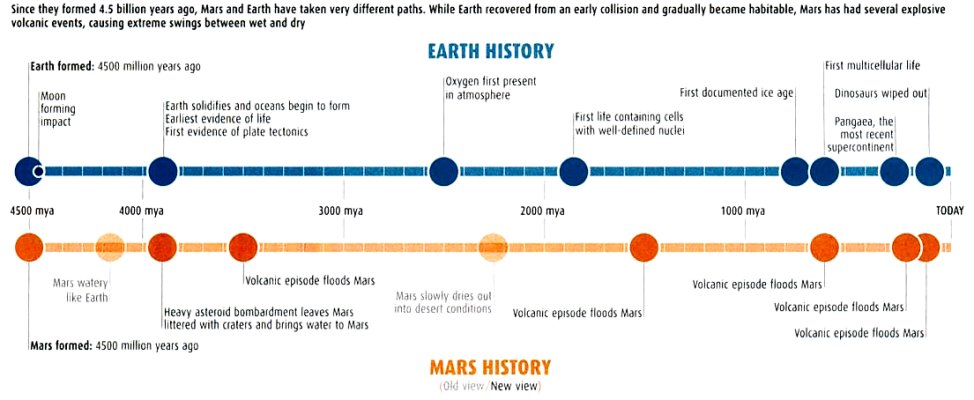
Retrieving Rock Samples from Mars
Read Nature's article.
3 Sites Where NASA Might Retrieve Rocks
“Har funnet mineraler verdt over 1000 milliarder utenfor Svalbard”
Investigating Methane Sources on Mars
Bricks Alive! Scientists Create Living Concrete
The Lungfish
400 million years old, an improvement on its cousin the Coelocanth, the lungfish can tolerate drought and deluge, the perfect apocalyptic animal! It comes with its own traveling suitcase, a cocoon of mud and mucus. The lungfish can turn itself off until the action starts again. All it needs is water...
But why does this "primitive" traveler pack so much DNA? 399 times more than we do... Is it taking some "friends" along?
David Attenborough calls for ban on ‘devastating’ deep sea mining
Read the Guardian's article - Photo: NOAA
Deep Ocean
Read The unknown world - news from the research front - Photo: UiB
Animals keep viruses in the sea in balance
Hydrothermal Vents
Hydrothermal vents are hotspots for nightlife. These are nutrient-rich cracks in the planetary shell, hosting an infinite amount of Extreme events: heat at 400 oC, pressure nearly 400 atmospheres, gases of methane (CH4) and hydrogen sulphide (H2S). One hell of an espresso brewer... what else do you need for a lively time?
Lightshow provided by Bioluminescence and Chemosynthesis™. Even the crabs are dressed for disco!
The Toro Crater
Data storage on DNA and CRISPR technology
DNA is ultracompact, lasts hundreds of thousands of years. Putting data on DNA means: no obsolescence, no updates necessary, non-degradable, scalable, simply by using the 4 letter alphabet AGCT to encode 0's and 1's of the digitized file.
Using CRISPR as an the gene editing tool, changes made to genes in eggs, sperm and embryos can be passed on to future generations.
Genome – Does Size Matter?
Our genome size is somewhere between a herring and a lungfish. The steps on the ladder of DNA are the base pairs making up genome size. We have 3 billion of them, but the lungfish has 133 billion base pairs.
Some humans think that large genome size is maladaptive, but what do we know? The 350 million year-old lungfish certainly knows better. We've only been around for 200.000 years! Perhaps we overestimate our importance? Do we really know our place?


